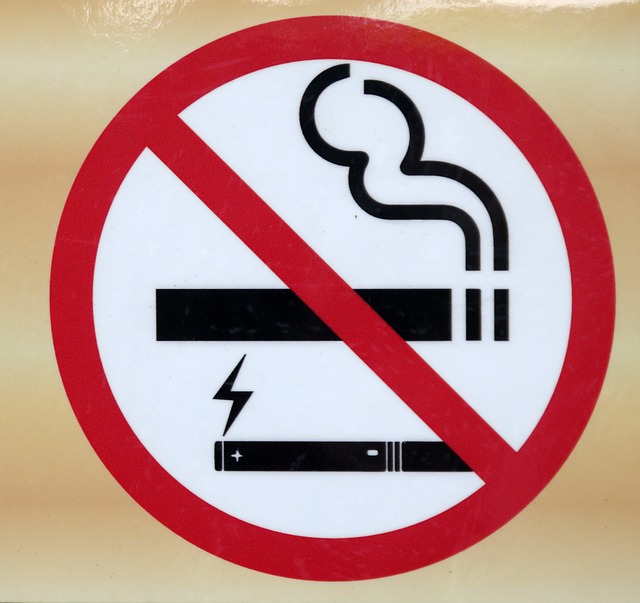A sample of 1501 adolescents completed an online survey with each participant rating seven randomly selected vaping prevention ads from a pool of 220 ads on perceived message effectiveness (PME) and vaping appeal. The compiled responses indicated that the prevention messages focusing on the adverse affects of vaping were the most effective.
How certain marketing strategies are leading to an increase in teen vaping
Meanwhile a review of 800+ studies conducted by researchers from the University of British Columbia, has found a link between marketing strategies that are allegedly targeting youth and an increase in teen vaping.
“This is the first study of its kind that makes direct links between reasons for youth uptake and the marketing strategies of e-cigarette companies,” said Assistant Professor Laura Struik, who teaches in UBC Okanagan’s School of Nursing. “The public needs to know how the next generation is being targeted to take up and ultimately become addicted to these nicotine products.”
Co-authored with Assistant Professor Sarah Dow-Fleisner, Struik’s paper examined why teens take up vaping and whether advertising capitalizes on those reasons. In line with other recent findings, the researchers said that there are a variety of reasons why teens take up vaping, including managing stress and anxiety, curiosity, taste, peer pressure and easy access.












